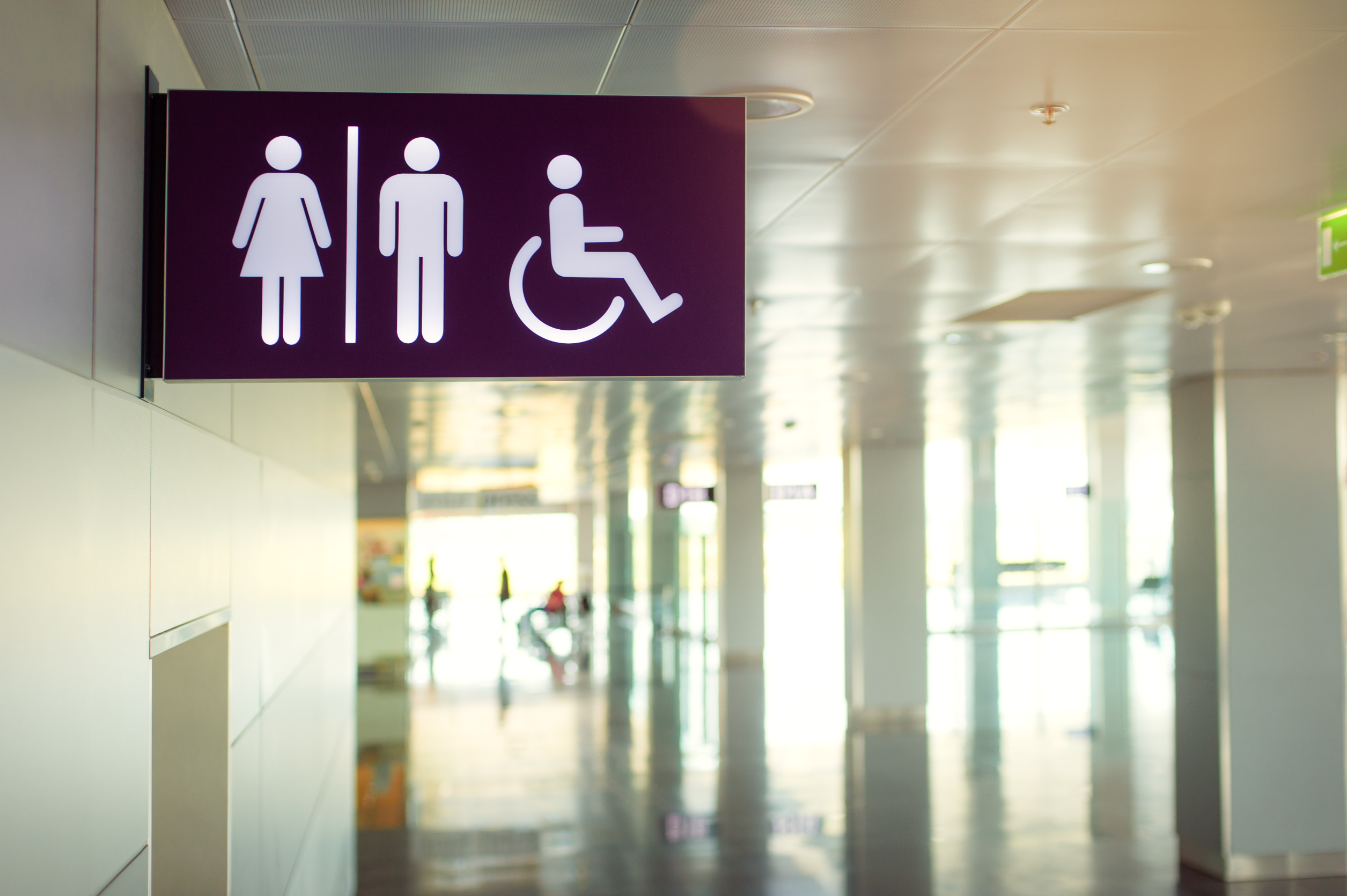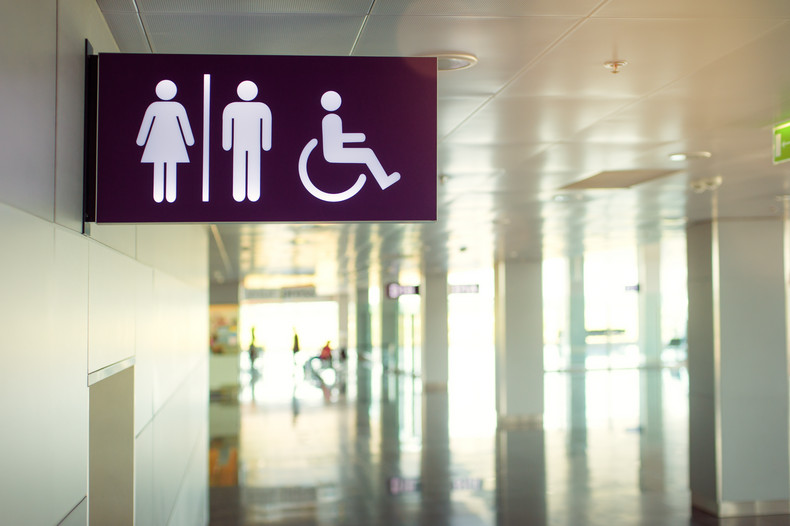Wayfinding signs might not be a term you've heard about before, but it's not too difficult to understand what these signs are or why they are necessary. As the name suggests, wayfinding signage helps people "find their way." These signs are primarily used in buildings. They help people get from one place to the next, locate information, or follow the rules.
Most businesses need wayfinding signage systems to help create positive experiences for customers and employees. Plus, they are practical as they act to portray information or reinforce various regulations.
In this guide, you'll learn the four types of wayfinding signage and how and why they are used in various buildings and companies.
The Four Kinds Of Wayfinding Signage
The four primary types of wayfinding signage are identification signs, directional signage, informational signs, and regulatory signs. Each of these four categories of wayfinding signage has a different person, and it's usually necessary to have a mix of all four in your place of business. You'll also want to ensure you have interior wayfinding signs and exterior wayfinding signs.
Keep reading to learn more about each of these four types of signage.
Identification Signs

Identification signage is quite common and used in many kinds of businesses including:
- office buildings
- hospitals
- financial buildings
- restaurants
- schools
- malls
- and more
Identification signage helps people know they are at their destination. When a customer, employee, or visitor is trying to figure out where they are, identification signage assists them in figuring that out.
The best way to use identification signs in wayfinding systems is to keep them simple. They should be easy to find and read.
Some examples of identification signs include historical markers, plaques on doors, and departmental signage that says things like "human resources."
Directional Signage

While identification signs ensure people know where they're at and explain the destination, directional signs help people along the route to that destination. They are helpful in guiding people along a path in a step-by-step manner.
Directional signage is essential in any area where there are many places to go and where it might be confusing to know what to do next. These signs ensure individuals can figure out where they want to go next and be led to that destination. Directional signs should also be easily read and understood in just a few seconds. They should also offer continuity.
Some examples of directional signs include:
- Lines on the floor
- Signs saying to turn left or right to get to a destination
- Directories
Informational Signs

Informational signage is similar to identification signage but differs in a critical way. While identification signage helps people know they are in a particular area, information signs display information about the building as a whole. They are broader in scope.
It can be challenging to tell the difference between the two, and there is some overlap. But overall, information signage is often placed in areas with a lot of traffic or central hubs. Usually, information signs use symbols or characters that are easy to digest. These information signs help people determine general information, such as where the different departments are located.
Some common examples of informational signs include free Wi-Fi signage, bathroom plaques, and business information like the hours of operation.
Regulatory Signs

Finally, there are regulatory signs. As the name infers, regulatory signage is necessary for sharing information about rules, safety, and privacy.
Because they explain important information meant to protect people from danger or risk, regulatory signs should be simple to read and use bold typefaces. You've likely seen regulatory signs around a fire exit or near electric fences.
Some common examples of regulatory signage include:
- "Warning"
- "No Smoking"
- "Employees Only"
ADA signage and accessibility signs are also a part of regulatory signage.
Wayfinding Signage Types Work Together
While different facilities and buildings use different types of signage, most will use a combination of all four. Some will use more of one kind of signage, while some companies will use more of another. Overall, identification signs, informational signage, and directional signage are more common, but regulatory signs aren't uncommon.
Effective direction signs will look different than effective regulatory signs, as they have different purposes. For example, a directional sign needs to lead someone somewhere, while a regulatory sign needs to warn someone quickly. The colors, fonts, and sizes of all kinds of signage will vary because of these different purposes. The important thing is to ensure the signs are placed in suitable locations and offer quick visual clues.
Where Can You Find Custom Wayfinding Signs?

Some wayfinding signage is easy to find as the more common options are available from many places. But, it can be more difficult to find custom wayfinding signs, especially if you are in a more niche industry or have a particular brand aesthetic you want to portray.
The signage industry does include options to pick and design your own information, directional, identification, and regulatory signage. If you need custom ADA signage, for example, ADA Central has you covered.
Contact ADA Central For Your Signage Project
At ADA Central, we specialize in various signage and wayfinding options. We have everything from ADA-compliant options to vinyl to custom signs. We make it simple for office buildings, retail stores, schools, and more to set up their wayfinding signage.
If you have questions about our wayfinding system options, feel free to reach out today. You can also check out our online inventory of wayfinding signs.

